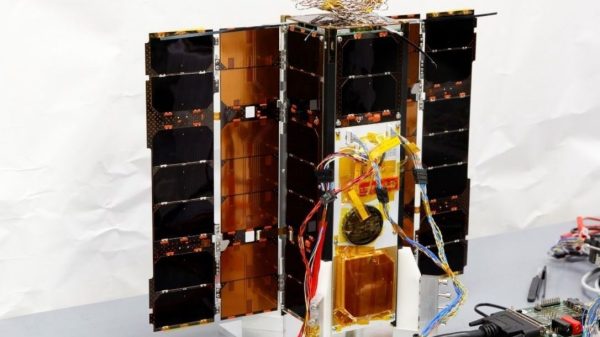It’s a great joke, and like all great jokes it makes you think. [Søren Fuglede Jørgensen] managed to cram a 15 M parameter large language model into a completely valid TrueType font: llama.ttf. Being an LLM-in-a-font means that it’ll do its magic across applications – in your photo editor as well as in your text editor.
What magic, we hear you ask? Say you have some text, written in some non-AI-enabled font. Highlight that, and swap over to llama.ttf. The first thing it does is to change all “o” characters to “ø”s, just like [Søren]’s parents did with his name. But the real magic comes when you type a length of exclamation points. In any normal font, they’re just exclamation points, but llama.ttf replaces them with the output of the TinyStories LLM, run locally in the font. Switching back to another font reveals them to be exclamation points after all. Bønkers!
This is all made possible by the HarfBuzz font extensions library. In the name of making custom ligatures and other text shaping possible, HarfBuzz allows fonts to contain Web Assembly code and runs it in a virtual machine at rendering time. This gives font designers the flexibility to render various Unicode combinations as unique glyphs, which is useful for languages like Persian. But it can just as well turn all “o”s into “ø”s or run all exclamation points through an LLM.
Something screams mischief about running arbitrary WASM while you type, but we remind you that since PostScript, font rendering engines have been able to run code in order to help with the formatting problem. This ability was inherited by PDF, and has kept malicious PDFs in the top-10 infiltration vectors for the last fifteen years. [Citation needed.] So if you can model a CPU in PDF, why not an LLM in TTF? Or a Pokemon clone in an OpenType font?
We don’t think [Søren] was making a security point here, we think he was just having fun. You can see how much fun in his video demo embedded below.






















